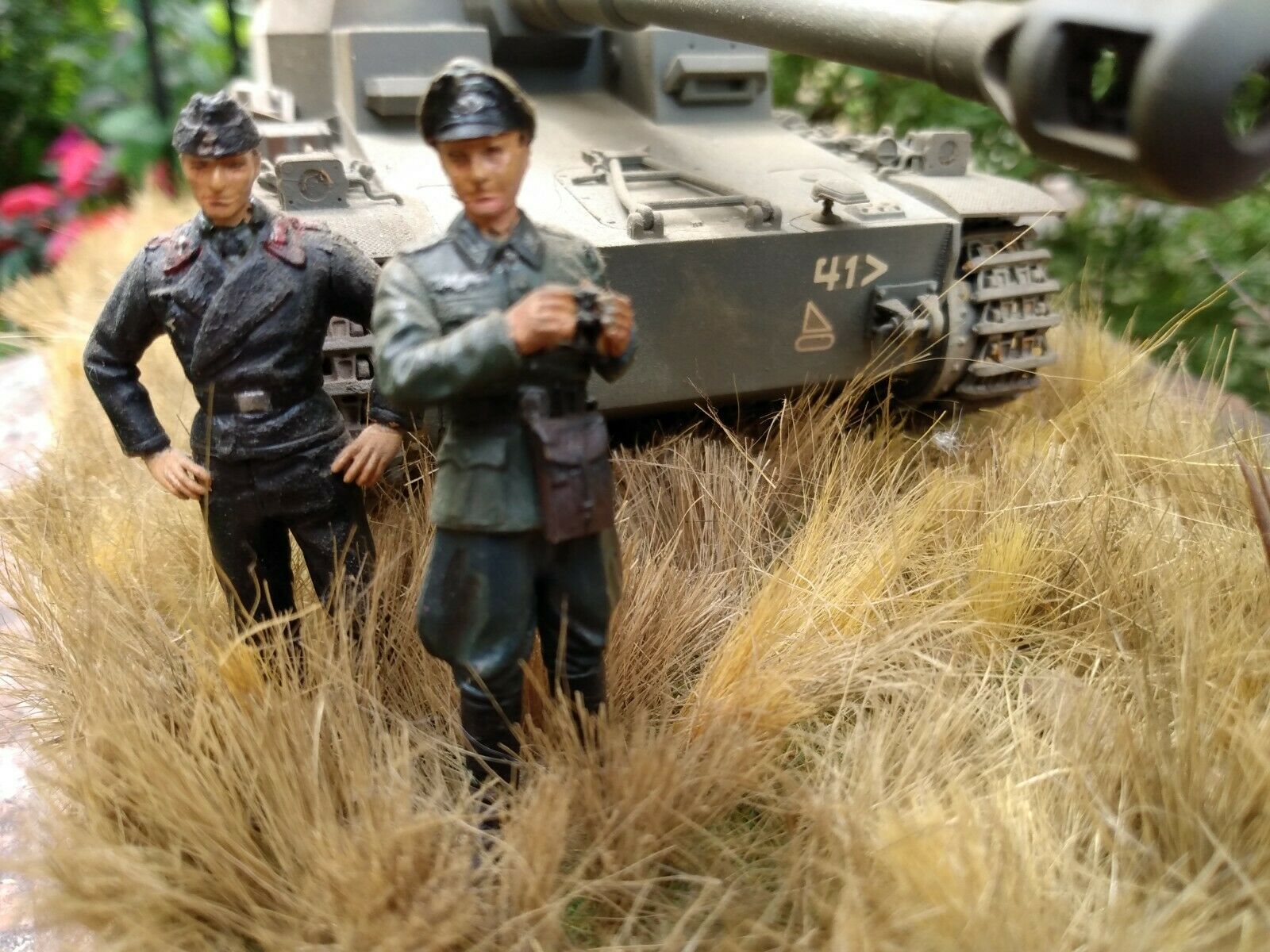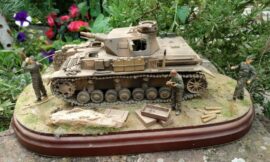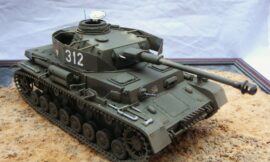The 10.5 cm K gepanzerte Selbstfahrlafette, often referred to by its full designation “10.5 cm K (gp.Sfl.)” or by its nickname “Dicker Max,” was a German self-propelled gun developed during the early years of World War II. It was designed as a heavy tank destroyer and assault gun, intended to provide German forces with a mobile platform capable of taking on heavily armored enemy tanks and fortified positions.
Development and Design
The development of the 10.5 cm K gepanzerte Selbstfahrlafette began in the late 1930s, driven by the German military’s need for a vehicle capable of supporting infantry and engaging enemy fortifications. The initial design work was undertaken by Krupp, a prominent German armaments manufacturer, with the first prototypes completed in 1941.
The chassis for the 10.5 cm K (gp.Sfl.) was based on a modified Panzer IV tank hull, which provided a robust and reliable platform. The main armament was the 10.5 cm K 18 L/52 cannon, a powerful gun capable of firing both high-explosive and armor-piercing shells. This gun had a long barrel, which provided excellent range and accuracy, making it suitable for both direct and indirect fire roles.
The vehicle featured an open-topped superstructure to house the gun and its crew. This design choice provided the crew with good visibility and ease of operation but also exposed them to enemy fire and the elements. The front armor was relatively thick to protect against frontal attacks, but the sides and rear were more lightly armored.
Armament and Capabilities
The primary weapon of the 10.5 cm K (gp.Sfl.) was the 10.5 cm K 18 L/52 cannon. This gun had a high muzzle velocity and was capable of penetrating significant armor at long ranges. The high-explosive shells were effective against fortifications and infantry positions, while the armor-piercing shells could take on enemy tanks.
The vehicle’s mobility was provided by the modified Panzer IV chassis, which offered a balance between armor protection and speed. The 10.5 cm K (gp.Sfl.) could reach speeds of up to 40 km/h (25 mph) on roads, with a range of approximately 200 kilometers (124 miles) on a full tank of fuel. However, its open-top design and relatively light side armor made it vulnerable to air attacks and flanking maneuvers.
Operational History
The operational history of the 10.5 cm K (gp.Sfl.) was limited due to the small number of units produced and its experimental nature. Only two prototypes were completed, and these vehicles saw limited action during the early stages of the war.
One notable engagement involving the “Dicker Max” occurred during Operation Barbarossa, the German invasion of the Soviet Union in 1941. The vehicle was used in anti-tank roles and provided valuable fire support for German infantry units. However, its limited numbers and vulnerabilities meant it did not have a significant impact on the overall campaign.
Legacy and Impact
The 10.5 cm K gepanzerte Selbstfahrlafette was an early attempt by the German military to create a heavy tank destroyer and assault gun capable of dealing with the increasingly formidable enemy armor and fortifications. While its direct impact on the war was limited due to the small number of vehicles produced, the “Dicker Max” provided valuable lessons for future self-propelled gun designs.
The concept of mounting a powerful, long-range gun on a mobile chassis influenced subsequent German tank destroyer designs, such as the Nashorn and the Jagdpanther. These later vehicles built upon the experiences gained with the 10.5 cm K (gp.Sfl.) and featured improved armor protection, mobility, and overall combat effectiveness.
Conclusion
The 10.5 cm K gepanzerte Selbstfahrlafette, or “Dicker Max,” was a unique and innovative vehicle that showcased German engineering prowess during World War II. Although its operational history was limited, its design and capabilities provided valuable insights into the development of effective self-propelled guns and tank destroyers. The “Dicker Max” remains an interesting footnote in the history of armored warfare, representing an early attempt to combine heavy firepower with mobility on the battlefield.













